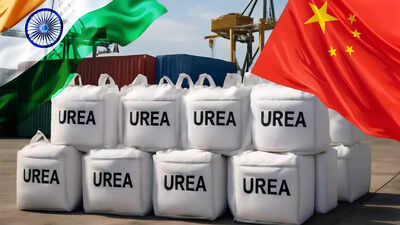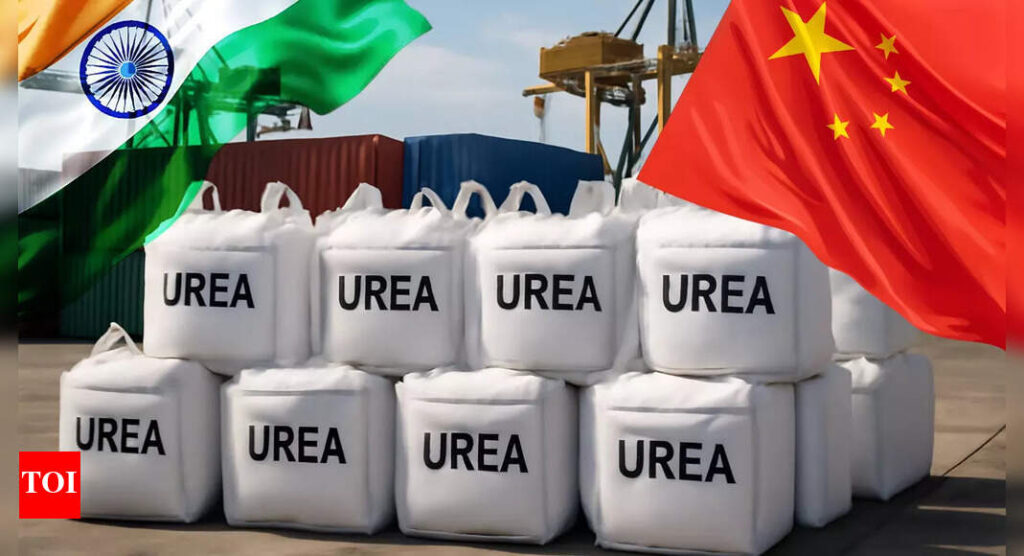
China has designated an additional 7 million tonnes of urea for export purposes, further relaxing restrictions on fertiliser shipments. (AI image)
India and China are sorting their trade related issues at a time when US President Donald Trump’s tariffs are disrupting the world economy. In recent months, whilst China had suspended urea and other fertiliser exports to India, it has now initiated steps to reduce restrictions on urea supplies.China has designated an additional 7 million tonnes of urea for export purposes, further relaxing restrictions on fertiliser shipments. “Most of this urea will come to India,” stated an individual directly involved in the matter, speaking to ET under conditions of anonymity.
India-China trade relations
India and China have initiated talks regarding a trade arrangement which includes vital rare earth magnets, fertilisers and other crucial materials, amidst growing US-related tensions regarding tariffs and increased demands from Indian industries to accelerate the import of essential components from China.China announced the removal of restrictions on exports of crucial agricultural and industrial items including fertilisers, rare earth magnets and tunnel boring machines. This development brings substantial relief to Indian farmers during the kharif season, when they plant rice, pulses, oilseeds and maize.Also Read | ‘If West criticises, you are doing right..’: Russia slams Trump’s 25% penal tariffs on India – 10 hard-hitting statements for reality check to USIndian farmers have shown increased requirements for urea to ensure proper crop nourishment following favourable monsoon conditions. The India Meteorological Department reported that the nation recorded rainfall 2.1% higher than the long-term average through August 20.Paddy cultivation has expanded to roughly 39.86 million hectares as of August 15, showing an increase from 36.29 million hectares in the previous year.The area under maize cultivation has risen to approximately 9.28 million hectares, compared to 8.29 million hectares in the same period. These two crops require substantial quantities of urea for growth.However, according to the Department of Agriculture and Farmers’ Welfare statistics as of August 1, the available stocks of essential fertilisers, including urea and di-ammonium phosphate, have decreased compared to last year’s levels.











